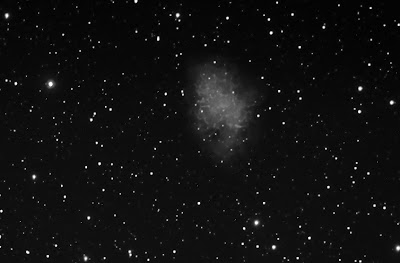
OK, here is an interesting one, at least in an astrophysics sense. NGC 936, the big ugly blob with a bar through it, is a very unusual spiral galaxy with an active radio source in it's nucleus. It is surrounded by no less than four Quasars, and a whole host of smaller objects. The controversy lies in the fact that according to the standard model of astrophysics, these objects should not be influencing each other. Quasars should be well in the very distant reaches of deep space, out near the big bang someplace.
As the notorious Halton Arp points out this galaxy appears to have EJECTED a quasar, and it shows physical signs of still being connected. Supporters of the Plasma Universe theory, and others like it use this galaxy as a test case. It is all very odd, and points to the fact that one or all of these theories is not correct, and the universe still is not truly understood by man.
Note: I do not really subscribe to any one theory over the others, as I am not a Cosmologist, but I do love controversy. Nothing like a good fight to stir things up. That and the fact that this galaxy is basically an ugly blob no matter how you take it's picture, so it needs an interesting back-story.



















































